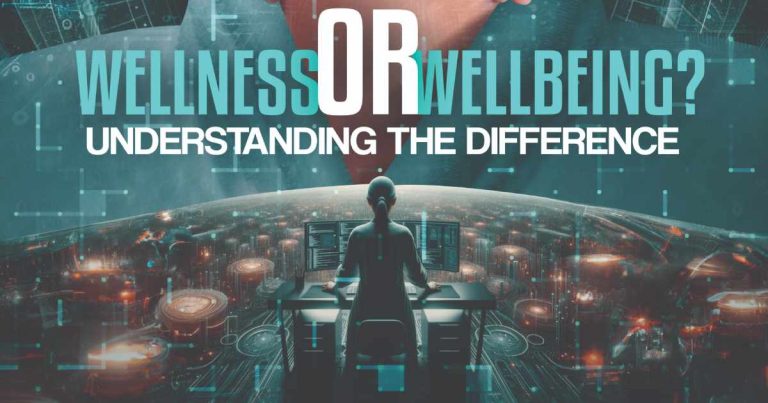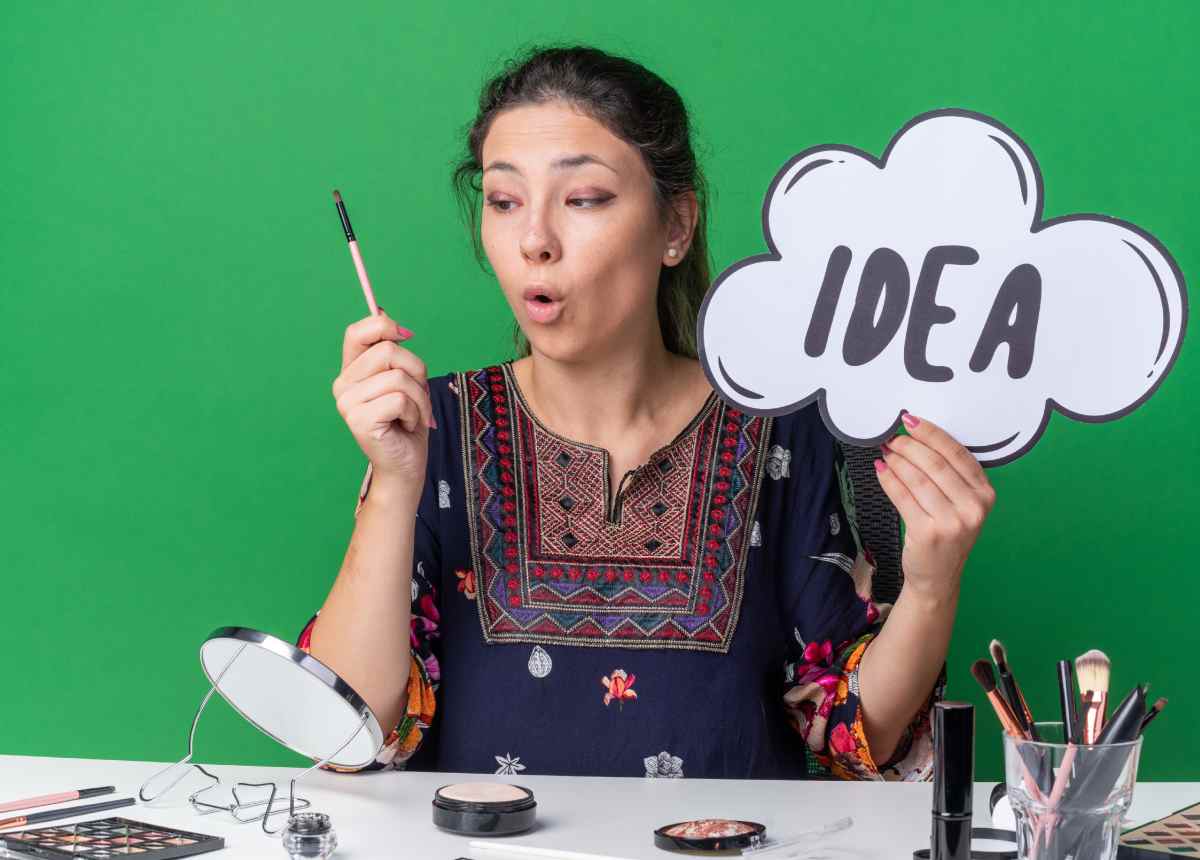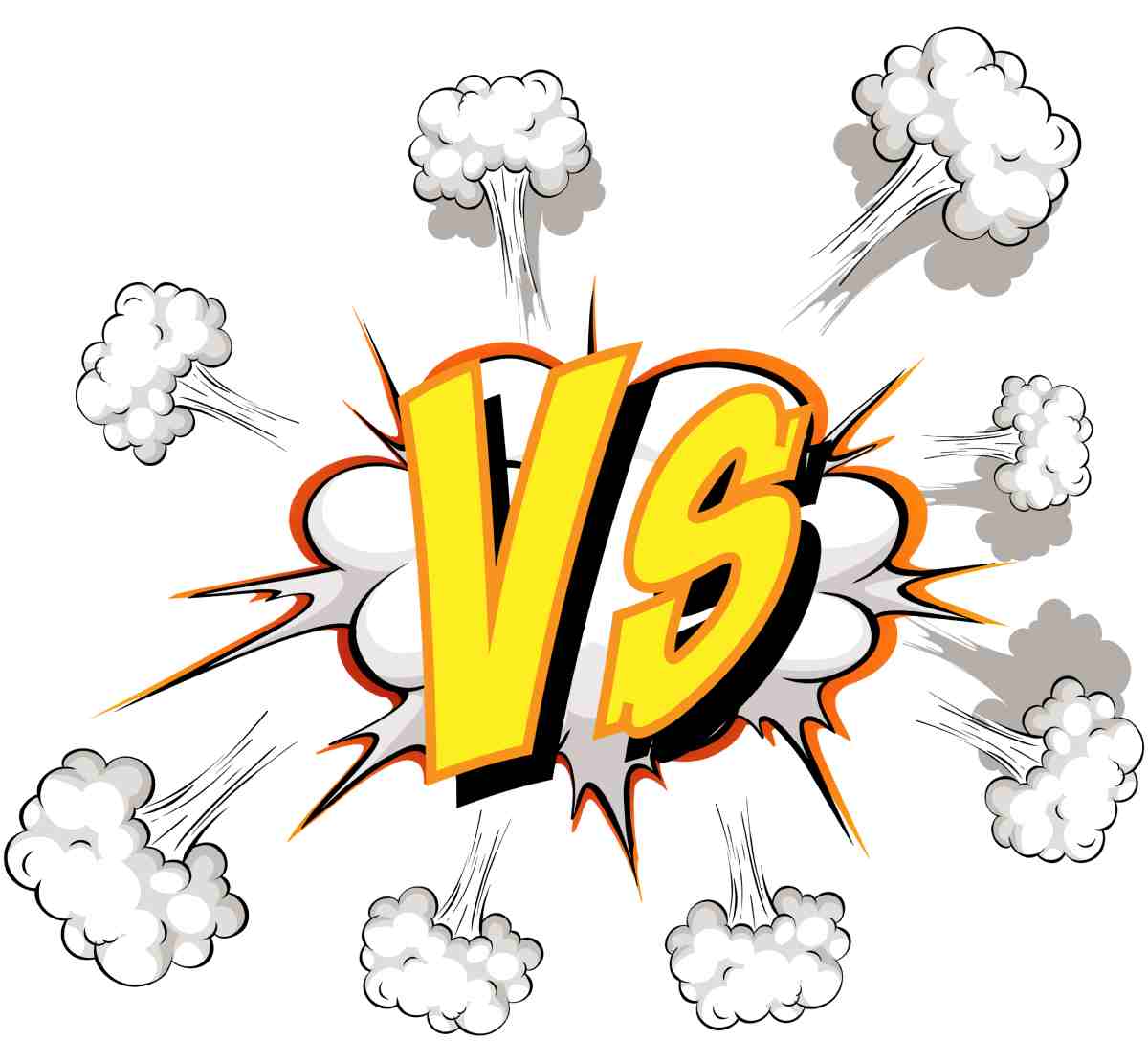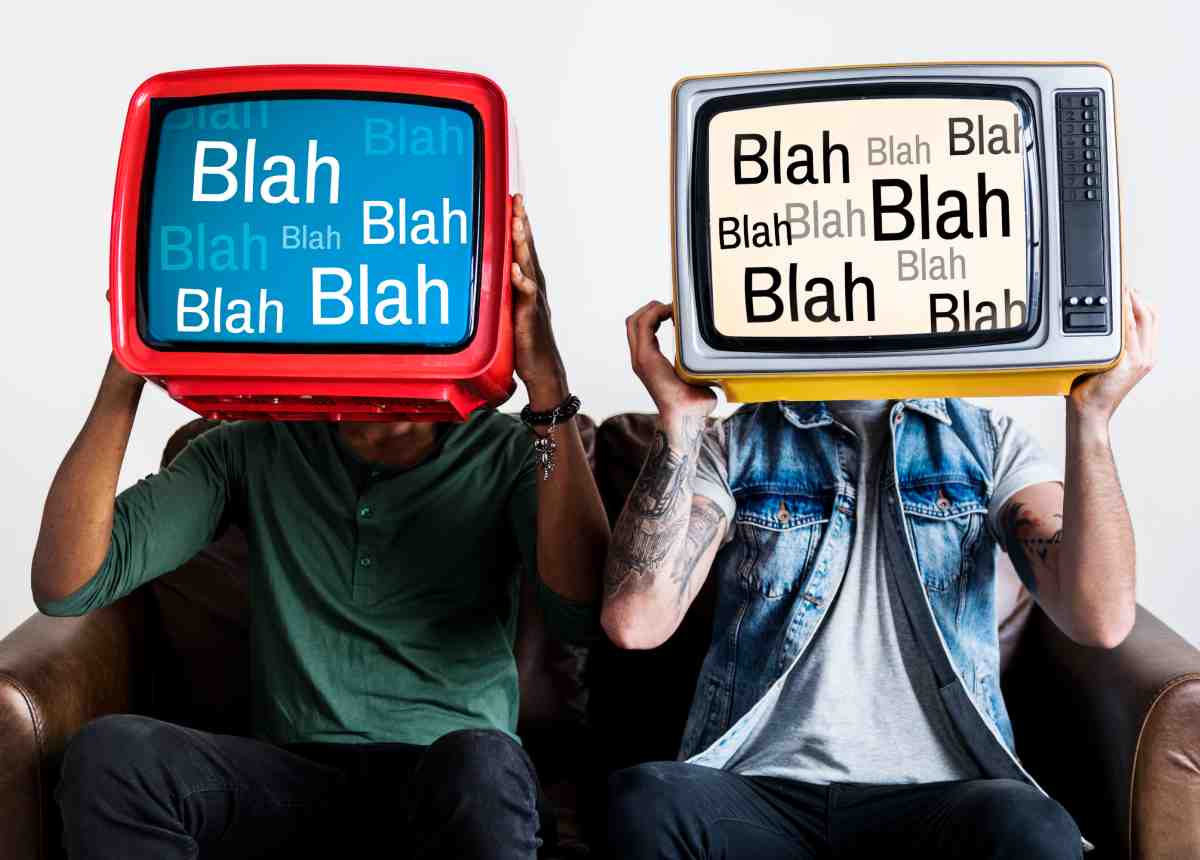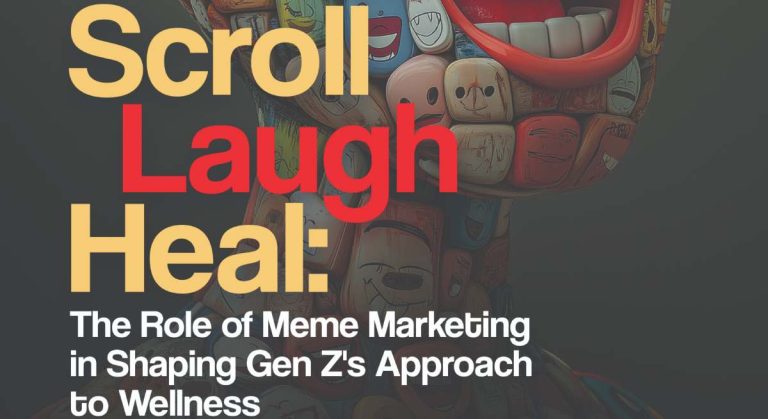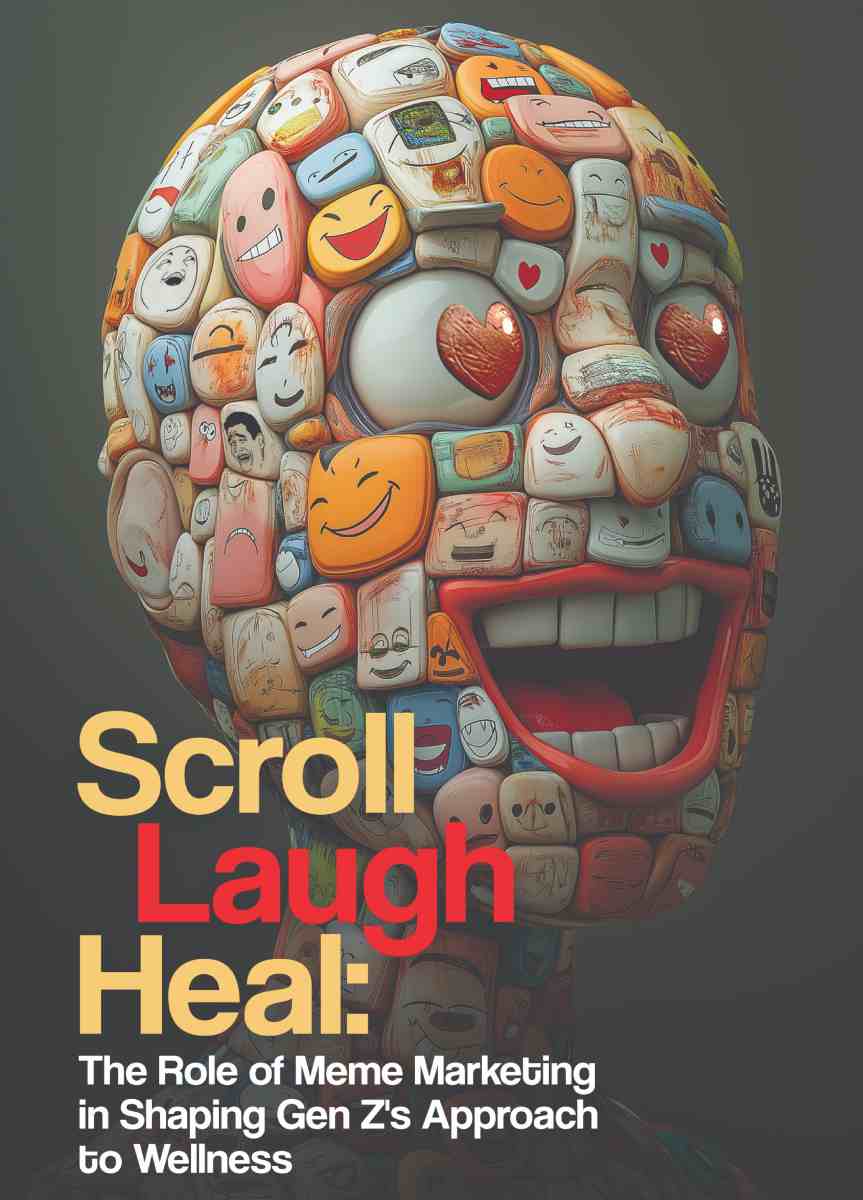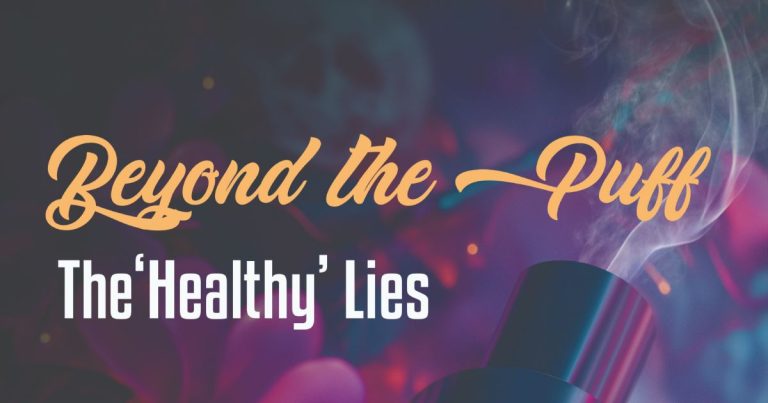Backlog Brilliance is a segment that takes you back in time, to the Synergyzer of Yesteryear. This particular piece is from 2004, the third issue, ‘The Brand Builders: Special Feature,’ written by Shoaib Qureshy.
Shoaib Qureshy highlights how companies can move towards building stronger brands
If you are focused on brands, branding, brand strategy, management and brand marketing, so is this Article. If you believe that your future, your business and your brand are inextricably linked, you will find ideas and insights here to help you move closer to customers and prospects. If you are beginning to explore the potential of your brand, this article should be a learning place. If you are a brand veteran, I hope my ideas on building strong brands will enhance your understanding and give you a fresh perspective on your brand mission.
To Build a Strong Business, Build a Strong Brand
If you have customers, you have a brand. Your best customers have formed an image in their minds of what you are, what you do, and how you do it. Everything you have ever done – and everything your people ever did – helped to create the brand in your customer’s mind. Everything you do in the future will influence how your brand is perceived.
Your brand is a litmus test of your business!
If your brand reflects the reality and potential of your business, that’s a great measure of strength. You can travel wherever your brand takes you. You can expand your brand and invest with confidence.
However, if the brand is low-key, passive, misunderstood, or undervalued, there’s a lot of work to be done. A weak brand is a liability in any category, while a strong brand soars.
What is a Brand?
The key to growing a strong brand is to be clear about what a brand actually is. Usually, product and brand are thought to be synonymous and are often used interchangeably, as words. However, there is a critical distinction between the two: “Within every brand, there is a product, but not every product is a brand”.
A brand is much more than the logos and graphics, or other tangibles (though these are vitally important). It takes more than financial resources to build a brand (insight into human nature and imaginative creativity are more highly valued). Once a brand is created you cannot assume the hard work is done (the hard work is just beginning).
The simple, compelling fact is that your brand is about the special relationships you have with people and how you make those relationships real. If your customers know you and respect you, and you respond to them in stimulating and constructive ways, you have the basis of a great relationship.
If you value the relationships and manage them consistently, there is a good chance you will build a significant brand. If you make the brand and its relationships the heart and soul of your company – and dedicate our people to growing customer relationships – you will create a powerhouse.
That is how great brands happen.
Your brand and your business are inextricably linked. Every effort you make to attract customers and become part of their lives grows your brand as it grows your business. Managing on a brand platform (Human Idea) is the most comprehensive, most powerful and most productive way to move your business ahead.
If you have a vision for your business, you need to make it realise through your brand.
The Power of a Strong Brand
A strong brand is strong because exceptional relationships exist between the brand and its customers. A strong brand also has tremendous inner strength from its origins, traditions or the superiority of its concept.
Customer connections are strong because of the brand’s ability to generate extremely positive emotional responses (and actions) from everyone who comes in touch with the brand.
These emotions include loyalty, pride, love, affection, trust, esteem and conviction. Actions include consideration, preference, trial, usage, and importantly, word-of-mouth recommendations to others. A strong brand is an asset that gives your business exceptional strength, not just in marketing, but also in every nook and comer of your company.
To begin with, a strong brand helps you stand out from the crowd…
You are distinctive, you stand apart, and you have a compelling identity. Strong brands stake out a place in our minds. We have vivid images of strong brands, made up of visuals, personal experiences and memories, some of them new, some old. The images are virtually indelible. They stick. And we rarely confuse these brands with competitors. Strong brands stand out from their peers and even from the clutter of brands in other categories.
How do they achieve it? It starts with brand identity. The name, graphics, colors, sounds, language, style and tone of voice of the brand combine to create a comprehensive, multi-dimensional identity for the brand.
Brand identity reflects the brand’s character, values and competitive positioning. Brand identity also provides the building blocks for packaging, retail design, advertising, web presence and other visual manifestations of the brand.
To improve a brand’s clout with customers, brand identity must be intelligently developed. Strong brands do not have weak identities.
Brands need Emotional Depth
Brands fly higher than companies; as I said earlier as well. Brands have a freedom that functional products and companies don’t have. For a start, brands live in our hearts and minds. They are strongly linked to our emotions. And since we humans are emotional beings, we are very attracted to brands and their compelling magic.
The emotional depth and richness of brands give us lots of magic to work with. “All brands swim in that magical ocean of the mind and heart where ideas, dreams and emotions interact with concrete things like function and performance”.
That magical zone of expectation and belief is where strong brands play. And strong brands like Lux and Supreme, for example, play brilliantly. A strong brand draws on every emotion at our disposal and recalls every concrete fact and rationale we have ever stored away in our minds. Our emotions also translate into powerful concepts like loyalty, trust, conviction, affection, interest and excitement.
These concepts stimulate our brains and our imaginations, and propel our feet and automobiles, too, all the way from our house to the shop. Any brand that builds magical presence and awareness in a category where people are emotionally focused (which is virtually every category on the planet) and then finds an imaginative way to ignite that category will take off.
Nothing is more beautiful than a brand that soars.
A Brand Isn’t a Logo. It’s a Way of Life
When we think of brands, we invariably see visual images. Colours, graphics, logos and symbols help us file brands in our memory. We know the signage and livery of our favourite brands. We easily visualise store interiors. We are intimately familiar with our favourite websites.
Visual imagery makes a brand distinctive and helps it stand apart. But the reality of a brand is deeper than graphics. The truth of a brand is revealed in our personal relationship with the brand. What we think about the brand… how we feel when we use it, drive it, put it on a shelf, or talk to the company behind it … how we process our ideas, impressions and perceptions of the brand… all these intensely personal experiences and observations are what brands are about.
Every time we touch the brand, we experience the brand. When the experience is good, we give kudos to the brand. When the brand performs for us, it grows in our esteem.
Every time a person reflects our idea of the brand’s reality, our belief in the brand is strengthened. When the brand excels, we feel good. Our personal experience of the brand is what makes it real, makes it valuable and helps us make it a part of our lives.
For a brand marketer, the challenge is to understand the brand and be sure that the brand identity is compelling and distinctive. To make the brand real, the focus must be squarely on the totality of the brand, and on each of its unique relationships.
Customers, consumers, users, dealers, strategic partners, analysts and other influencers have individual relationships with the brand. Managing those relationships is how the brand is managed.
The easiest way to manage the brand is to become the brand – literally.
When you adopt the brand as your company’s way of life, you create tremendous potential. You lead with greater vision and greater clarity. Your people act and react in a way that protects the brand and enriches the customer’s experience. Whatever the size and scope of your company, you develop extraordinary power to expand and grow your franchise.
Know our Brand and make it work for you.
99% of companies value only the functionality of the brand.
They know how it works, how it meets customer needs, and how it performs. They should. After all, they invented it.
Functional objectives are established to outperform competitors, deliver superior value, and provide greater tangible rewards for the customer. Which is great, because without adequate functionality, brands don’t exist.
Yet brands are about many more than tangible things. Brands are about how we think and feel. Brands are all about people and life. Brands exist in our hearts as well as our brains. Brands involve our deepest feelings and emotions, as well as our rational observations. When you understand the emotions of brands, you develop a brand vision.
The first step for the brand leader is to get a firm grasp on the brand’s intangible assets. This means understanding customers, users, consumers, dealers and other key influencers, as well as your own people.
Everyone who touches the brand has a unique perspective on the brand. Each perspective has its own emotions. Each emotional connection helps define the relationships people have with the brand, and therefore defines the brand itself. Gathering emotional insights brings you closer to the truth of the brand. Once you tap into the truth of the brand, you tap into the brand’s true power.
You know how people think. You know how people feel. You know how they see you and evaluate you. You know what they like and don’t like. You know what keeps them linked to you. You know what they love and what they fear. You know how to identify with them and be close to them. You know how to charm them and cherish them. You know them. You know how to become them.
That knowledge and insight are pure brand power. When you absorb this astonishing combination of facts and feelings, you have what it takes to put your brand on a fast track.
Create a compelling brand presence wherever the brand is seen.
Brand presence is the impact a brand creates whenever it is seen, touched or experienced.
Brand presence is literally about how the brand appears. How it looks… how it stands apart… how it commands attention… how it is perceived on the shelf, in the store, in the marketplace, on the web, in the media, and in printed literature.
Literally everywhere
Managing brand presence means creating an exceptional presence in all those places where the brand comes in contact with customers, prospects, users or influencers. Some brands have powerful presence almost everywhere (Lipton and Coca-Cola). Some are limited to a place of business (Shell and McDonald’s). Most brands have to work really hard to create it.
The gestalt of a brand – making its presence seem greater by exposing it more than one way, in more than one place, on different occasions and different times, repeatedly and unexpectedly – is a major factor in the growth of a brand. Whenever a customer or prospect encounters the brand, the brand must shine.
Get closer to the customer than you have ever been before and strengthen relationships at all levels
Great relationships mean great brands. Without great customer relationships, great brands do not exist.
The key to relationships is:
(1) Understanding the customer’s view of the brand and
(2) Discovering what people tell you about them.
Once people (customers) are understood, the brand is understood. Tom Ford, The creative genius behind the global luxury brand Gucci, knows intimately who buys Gucci. He also knows sister brand Yves St. Laurent and candidly defines the brand in terms of the YSL user.
Quoted in the New York Times magazine, Mr. Ford says, “The YSL woman is about excess. She eats too much, she drinks too much. She smokes, she has sex, she’s lush. The Gucci woman – you know what she wants; you know what she’s after. The Saint Laurent woman – she’s going to torture you a little bit.” While casual observers think the fashion industry is predicated solely on the whimsical genius of its designers, the truth is that fashion marketers have an inspired understanding of their customers. It gives them extraordinary power to create and entertain, as well as the unshakeable confidence to take customers to new and exciting places.
The closer you are to the customer, the more you know.
The more you know, the easier it is to sell.
Kudos to Mr. Ford
Personally lead your business with a clear vision, greater focus and greater clarity. There is no shortage of advice for leaders. Everyone on the planet has advice for the CEO and the leadership team.
My advice is to be focussed on the core of the business. If you have customers, consumers or clients of any kind, the core of your business is the brand.
The brand is the powerhouse of the enterprise.
